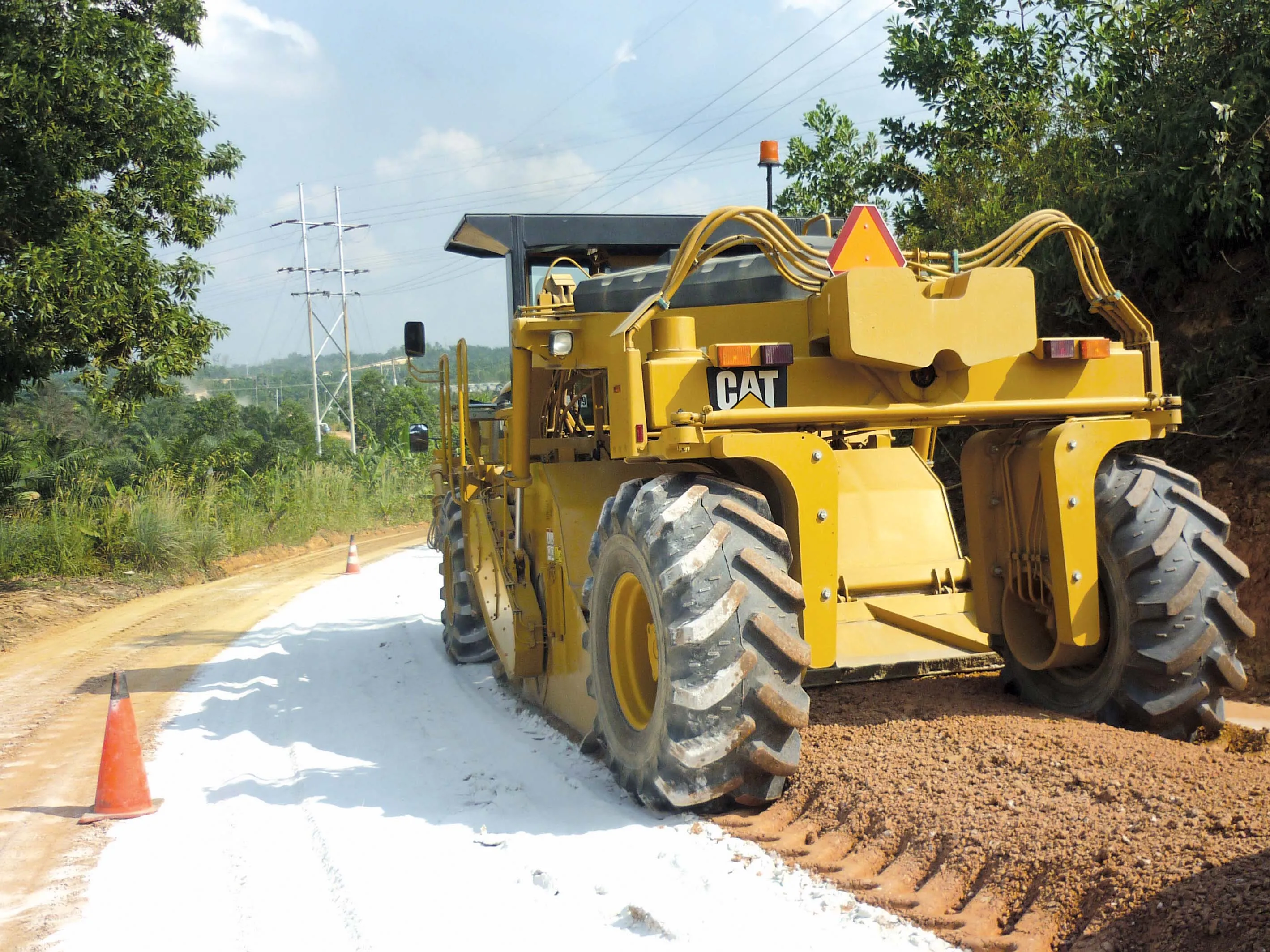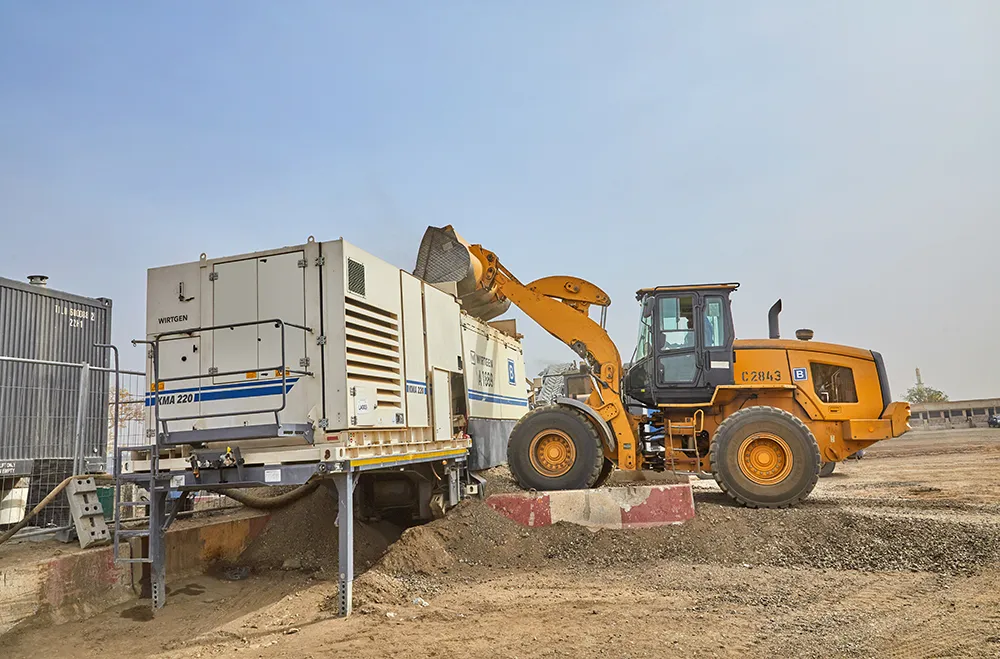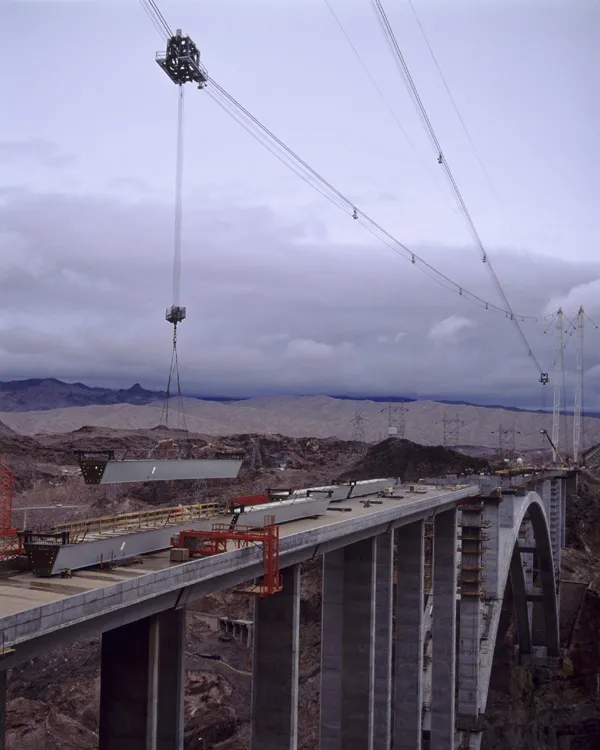South Sudan’s new showpiece road has reduced travelling times and improved access to markets and basic services. Shem Oirere reports Bituminous surface treatment is common for highways with low-traffic or for the rejuvenation of a weakening asphalt concrete pavement. But this is what the 192km Juba-Nimule Highway in the world’s youngest nation, South Sudan, needed in its reconstruction to bring it to international standards.
Commissioning of the highway effectively erases the tag ‘landlocked’ from South Su
February 21, 2013
Read time: 4 mins

South Sudan’s new showpiece road has reduced travelling times and improved access to markets and basic services. Shem Oirere reports
Bituminous surface treatment is common for highways with low-traffic or for the rejuvenation of a weakening asphalt concrete pavement.But this is what the 192km Juba-Nimule Highway in the world’s youngest nation, South Sudan, needed in its reconstruction to bring it to international standards.
Commissioning of the highway effectively erases the tag ‘landlocked’ from South Sudan’s country profile.
The road, linking South Sudan to Uganda in the south and Sudan in the north, in disuse for over 22 years of Africa’s longest civil war, was littered with mines that posed a major challenge during its rehabilitation. (The Comprehensive Peace Agreement was signed in Kenya’s capital Nairobi in 2005).
Project contractor The
“DBST is more rut resistant than hot mix asphalt (HMA), providing a paved surface better able to accommodate the large volume of heavy trucks travelling north from Nimule,” says LBG in a technical brief on the project.
“The cost of establishing a plant to produce HMA was cost prohibitive. DBST will be easier for the local road authority to maintain over the long term.”
The existing road, which provided the roadbed, was filled and regraded to provide a smooth riding surface, and curves were redesigned to increase design speed and improve safety.
The contractor opted for prefabricated steel truss, composite deck bridges, which were fabricated by John Reid & Son, UK, and transported by ship to Kenya’s Mombasa port and then by road to the project site. Civicon constructed the concrete abutments and piers while the assembly and erected of the bridges was done by Terrain Services on what is South Sudan’s longest paved road.
The design of the US$225 million highway offered options for the use of materials readily available along the project route thus cutting costs and ensuring construction works fell within project completion deadlines.
Except for the bitumen, cement and reinforcing steel, which were imported by different sub-contractors from different sources through Kenya and Uganda, other materials were obtained within South Sudan.
“Most natural resource materials [embankment, sand, aggregate] occurred within the roadway corridor,” says Andrew V. Bailey II, group vice president LBG.
Local soil materials formed a large component of the roadway design with a final capping layer topped by crushed aggregate layers and the DBST surface.
“Locally available materials including soils containing crushed aggregate, lateritic and quartzitic gravels provided the base for sealing with double spray and chip: 80/100 bitumen binder with first application nominal 19mm crushed stone aggregate and a second application of nominal 9mm aggregate,” says Bailey.
Water was in short supply and the contractor had to develop new sources of supply to avoid disruption of construction work.
For the most part, the road, originally built by the British during its occupation of Sudan, follows a series of ridges but the Juba-Nimule Highway, which provides the shortest and most efficient route to the Indian Ocean port of Mombasa, was funded by the United States Government through the US Agency for International Development (
“A proper road infrastructure is a prerequisite for any favourable trade to take place because it affects the cost of doing business, especially in a war-emerging country like South Sudan without direct access to other countries,” said Salva Kiir, South Sudan’s president.
Travelling on the Juba-Nimule highway has now been reduced from eight hours to two and half; security (previously a problem) in the region the highway traverses has been tremendously improved and it has also improved access to markets and basic services.
Bailey says the Juba-Nimule highway is an epitome of its engineering and construction management solutions in South Sudan.
“LBG is proud to have been a participant in this historical project, bringing to fruition the first paved highway in South Sudan. It was an opportunity to deliver our vision: solutions for a better world.”
Since the signing of the peace agreement, South Sudan has rehabilitated 7,000km of roads and upgraded at least 100 bridges.









